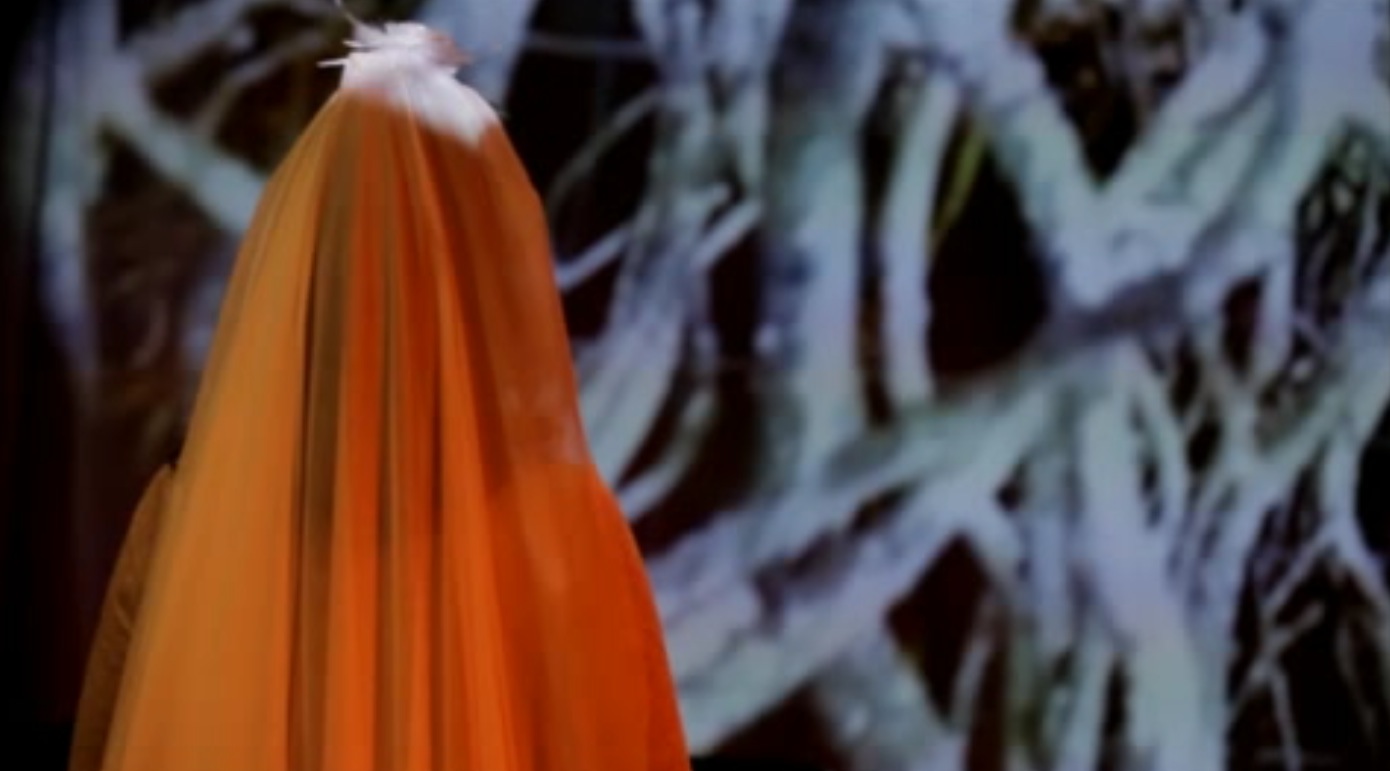Swedish journalist Jannike Ånlund, one of the smartest people I have ever met, paused on her lunch, looked at me from across the table, and asked: “Why do you dedicate so much effort to opera, when it seems to be a dying genre?” Of course my usual reply to that is “I believe opera is the art-form of the future.”
The conversation left me thinking. Of course sometimes things that seem obvious to me may still need to be said out loud. So let’s think a bit about why opera. What is opera? What are the most common mental associations of the genre? There is a tendency to think of opera as an elitist and decadent performance genre that has nothing to do with our time, full of over-the-top singing and stiff acting. There are reasons for stereotypes, but opera is not necessarily the stereotype of opera.
I define opera as the combination of different performing arts into a live experience that is guided by a continuous dramatic musical score.
There is much that can be done within these parameters. In fact opera offers an opportunity for community engagement and dramatic ritual that may be severely needed in contemporary digital society.
New Opera offers an opportunity for much creativity from all sorts of artists and an audience experience that may not be substituted by the movies, tv or a home theater, while it may incorporate technology that is originally related to these art-forms, there is a ritual element of live performance that cannot be fully reproduced through technology alone.
New Opera offers an opportunity for community development that takes it far from the “elitist” stereotype. In its origin opera was a communal activity, it is easy to imagine small villages where half the population would be on stage and the other half in the audience. As an all embracing art-form, there is always room for someone to participate in a large production, in whatever aspect where one may feel the urge to dedicate his or her efforts.
Historically Opera is like a tree that lost its leaves during Winter, it may look dead (or dying) but come the first Spring rain and it will blossom with fresh new green magic. The 20th Century was a time of great artistic experimentation and great political conflicts, for many opera came to represent the ghost of the past. There are not many great 2oth Century operas that have become popular in the standard repertoire. This means that the accumulated innovations in music and performance arts in general offer a fresh new territory where composers, writers, scenographers, video and 3D artists, performance creators in general, not to mention singers that are avid for new relevant music and dancers who are always welcome in productions, we all have an enormous new territory to explore.
There is much that may be said about the project of an educational structure that is based on the development of new operatic repertoire.
New Opera may provide the grounds for a performance oriented educational system that offers answers to much of the challenges from the crisis on our present our school system, by creating a collaborative environment where all aspects of a production need to be put into place in a harmonious synchronicity with the music that serves as guideline for all performance aspects.
The memory of ancient rituals may be summoned today in New Opera.
When opera was first created it was part of a renascence movement to re-create Greek tragedy, but Greek tragedy itself was a re-creation of older ancient tribal rituals, where liminoid situations were induced to summon a situation beyond the rules of normal conduct. A situation that could amount to an epiphany or a mark in the maturing of individuals inside of a group. (see Victor Turner: From Ritual to Theater – the Human Seriousness of Play)
New Opera may provide a ritual space that is lacking in contemporary technological society, a space that connects the discussion of relevant conflicts with the opportunity for a transcending experience, the chance for an epiphany on a scale that may only be limited by our capacity to imagine (and to fund it.)
Our longing for a communal ritual space opens the doors to vast possibilities of sensory interaction. A longing for a time when music, theater and dance were one, a single entity in a ritual that could transcend the boundaries of social norms and create visions of what is yet to come.
A moment when music, theater and dance once again become one.
_________________________________________________________________________________________
Kristin Young sings Packing Escher, an aria from Tamanduá – a Brazilian Opera

